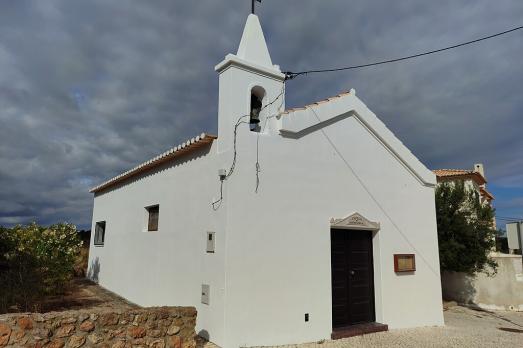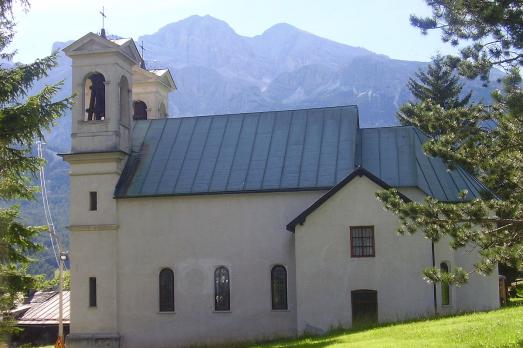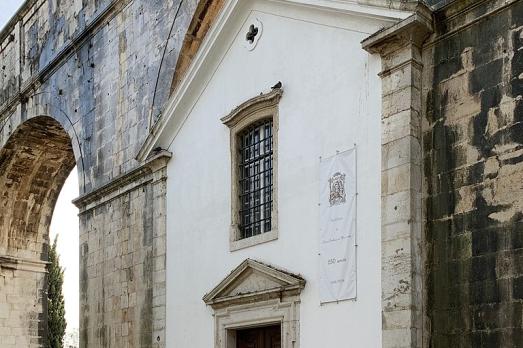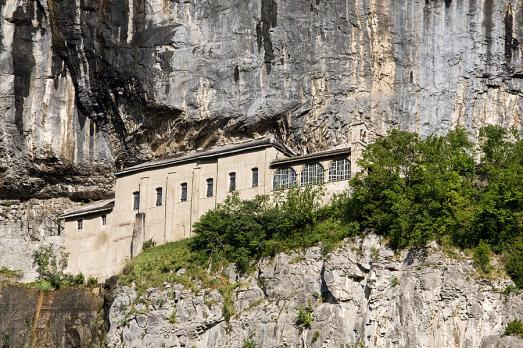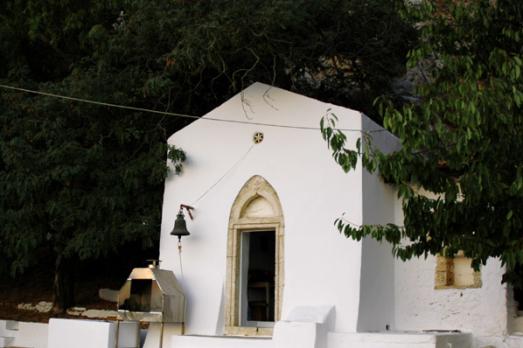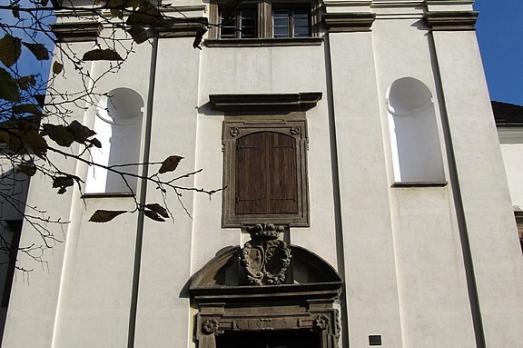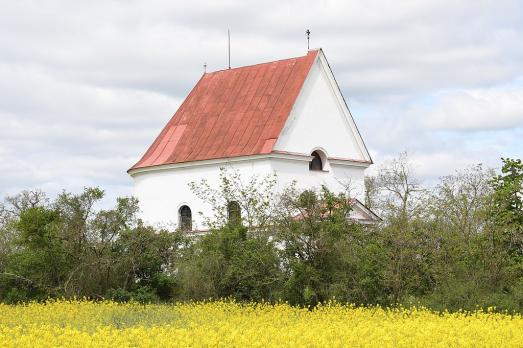
Chapel of Our Lady of Celenskám, Znojmo
Znojmo, CZ
The empire choleric chapel of the Virgin Mary, built in 1832 by Florian Lang, the provost of Křížovnice, in gratitude for the fact that Hradiště escaped the cholera epidemic plaguing Znojmo. In the vicinity of the chapel, the emblem of the Teutonic Order was built of white stones. Over the decades, however, the emblem was dismantled, and from the remaining scattered stones, folk creativity created a legend of petrified grazing sheep.

